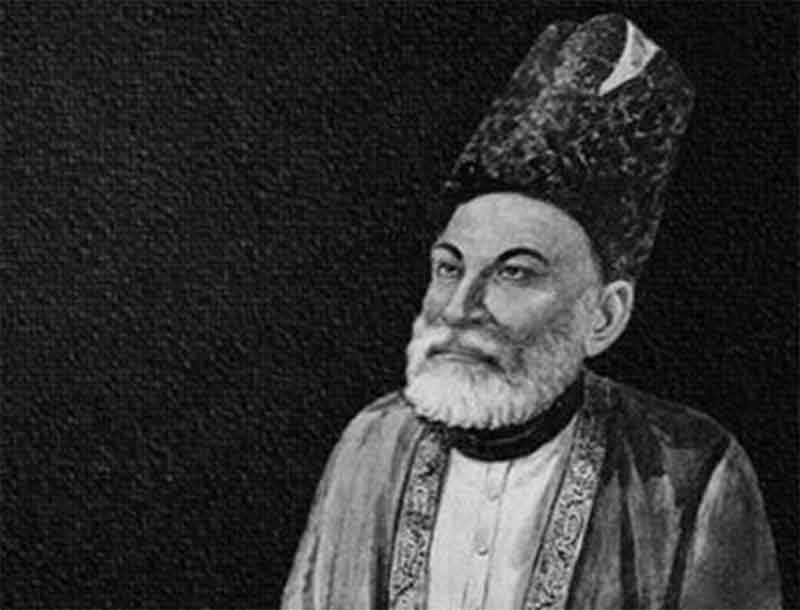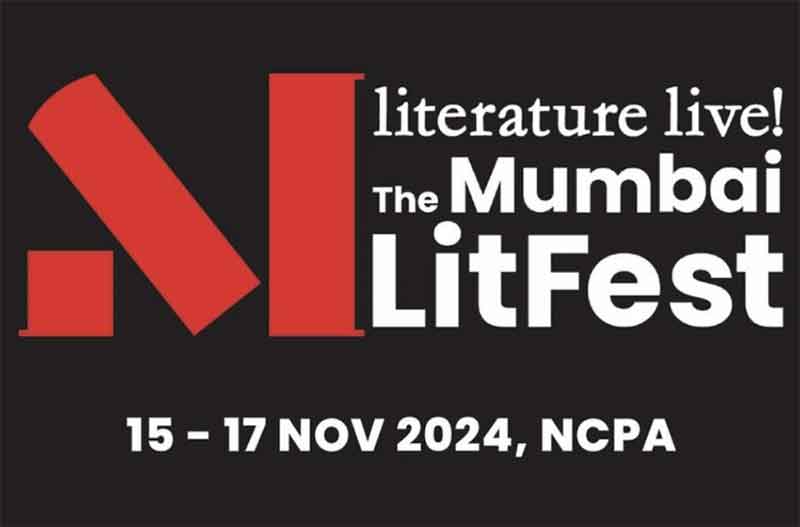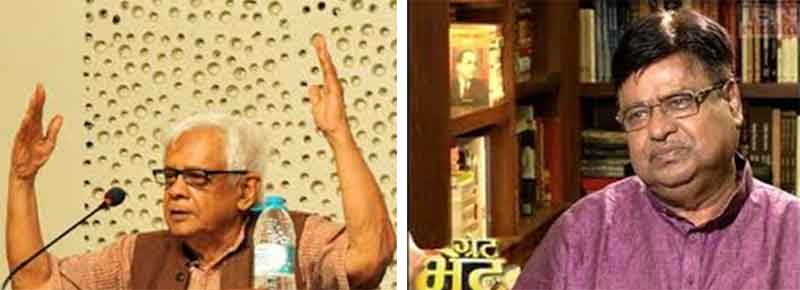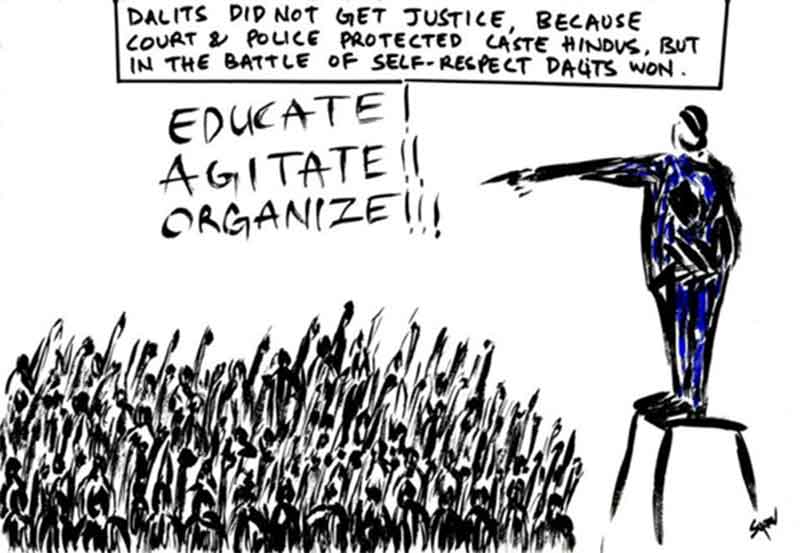
Qaṭrah meñ Diĵlah dikhāī na de aur juz meñ kul
Khel laṛkoñ kā huā dīda-e-bīnā na huāIf you cannot perceive the river in a drop or the whole within a part,
you are merely engaged in a child’s play, devoid of true insight.Mirza Ghalib
Mirza Ghalib’s mystical wisdom, encapsulated in the verse “If you cannot perceive the river in a drop or the whole within a part, you are merely engaged in a child’s play, devoid of true insight,” stands as a compelling illustration of the universal mystical vision that transcends cultural and philosophical boundaries. This verse deeply reflects the essential tenets of diverse spiritual traditions, each offering a unique perspective on the fundamental truth of unity and interconnectedness that pervades all existence.
At the heart of Sufism lies the doctrine of wahdat al-wujud, or the Unity of Being, espoused by the revered mystic Ibn Arabi. This principle asserts that the entire universe is a manifestation of a single, divine reality – Al-haqq. Viewed through this lens, Ghalib’s call to perceive the river in a drop or the whole within a part is a call to recognize the omnipresence of the divine essence in every aspect of creation. The famous Sufi sage and poet Maulana Rumi echoed this sentiment through metaphors of the ocean and the drop, inviting the seeker to transcend the illusion of separateness and embrace the profound truth of unity.
Kashmir Shaivism, a non-dualistic school of Indian philosophy, offers a complementary perspective. This tradition posits that the cosmos is a dynamic manifestation of Shiva, the supreme consciousness, pulsating through the principle of spanda or vibration. Perceiving the whole within a part, then, is akin to recognizing the universal consciousness that permeates every particle of creation. The individual and the universe are seen as inseparable, each a microcosm reflecting the macrocosm, echoing Ghalib’s call to seek the infinite in the finite.
The non-dualistic philosophy of Advaita Vedanta, another branch of Indian philosophy, is profoundly echoed in Ghalib’s verse. Advaita teaches that the ultimate reality, Brahman, is the absolute and unchanging essence behind the universe, and that the individual soul (Atman) is not separate from this divine reality. The metaphor of perceiving the river in a drop closely accords with the Advaitic pursuit of recognizing the unity of Atman and Brahman – a realization that true wisdom lies in understanding the infinite within the finite, the self as a manifestation of the universal consciousness.
Christian mysticism, too, embraces the notion of seeing the whole in a part, exemplified by the teachings of Meister Eckhart. The concept of istigkeit, or “isness,” emphasizes the presence of God in every aspect of creation, urging seekers to find the divine in the ordinary and the mundane. This sacramental view of the world accords with Ghalib’s poetic wisdom, encouraging the seeker to perceive the infinite within the finite, to find the sacred in the seeming profane.
In the mystical discourse of Mahayana Buddhism, the metaphor of Indra’s jewel net vividly illustrates the interconnectedness of all things in the universe. Each part of the net reflects all the other parts, symbolizing the idea that each individual phenomenon contains the whole cosmos. The Avatamsaka Sutra elaborates on this vision, suggesting that the entire universe is reflected in each individual phenomenon. Through this lens, Ghalib’s verse becomes a clarion call to recognize the intricate web of interrelations that constitute reality, urging the seeker to perceive the infinite within the finite, the universal within the particular.
Despite their diverse cultural and philosophical roots, these mystical perspectives converge on a shared vision of unity and interconnectedness, a vision that transcends the boundaries of tradition and doctrine. They collectively emphasize that true insight involves seeing beyond the apparent multiplicity of the world to the underlying oneness that pervades all existence. Ghalib’s verse, in its deceptively simple yet profound wisdom, encapsulates this universal mystical truth, reminding us that the whole is present within each part, and that true understanding lies in recognizing this unity in every aspect of our lives.
Yet, this recognition is no mere intellectual exercise; it is a transformative shift in consciousness, a profound reorientation of perspective that demands a deep and abiding commitment to the path of spiritual awakening. The mystics of every tradition have emphasized the arduous nature of this journey, the necessity of sustained effort, and the cultivation of a state of heightened awareness and presence.
In Sufism, the concept of ishq, or divine love, plays a central role. Ishq is not merely an emotion but a transformative force that draws the seeker closer to the divine. It is a burning passion that consumes the ego and purifies the heart, leading to a deep and intimate union with the Beloved. The Sufi path of ishq is one of surrender and devotion, where the seeker is driven by an overwhelming desire to be united with God, experiencing a profound sense of unity and interconnectedness with all of creation.
In Kashmir Shaivism, the practice of recognizing the divine play of consciousness in every moment is a radical act of presence and attention. It demands constant vigilance, a willingness to see beyond the veil of appearances and to embrace the sacred in the most mundane aspects of life.
Advaita Vedanta, too, emphasizes the necessity of rigorous spiritual practice, including the study of sacred texts, meditation, and the cultivation of a state of non-attachment and equanimity. The realization of the unity of Atman and Brahman is seen as the ultimate goal, but one that requires a profound shift in consciousness and a sustained commitment to the path.
Christian mystics, like their counterparts in other traditions, have emphasized the centrality of love, devotion, and surrender to the divine will. The path of mystical union, as articulated by figures like St. John of the Cross and St. Teresa of Avila, is one of purification, asceticism, and a radical letting go of the ego.
In Mahayana Buddhism, the recognition of the interconnectedness of all things is not merely an intellectual pursuit but a lived experience, cultivated through practices such as meditation, mindfulness, and the embodiment of the Bodhisattva ideal – the commitment to work tirelessly for the liberation of all beings.
Across these diverse traditions, the message is clear: the realization of the mystical truth that Ghalib so eloquently captured in his verse is not a mere intellectual exercise but a transformative journey that demands a profound shift in consciousness, a deep commitment to spiritual practice, and a willingness to let go of the illusion of separateness.
In our modern world, where the forces of fragmentation and disconnection often seem to hold sway, Ghalib’s verse stands as a timeless reminder of the perennial wisdom that beckons us to seek the infinite within the finite, to perceive the whole within each part. It is a call to awaken from the slumber of complacency and to embark on the arduous yet profoundly rewarding journey of spiritual awakening – a journey that promises to unveil the sacred within the ordinary, the unity within the multiplicity, and the divine presence that permeates every aspect of existence.
As we navigate the complexities of our lives, Ghalib’s poetic wisdom invites us to cultivate a state of heightened awareness, to see the world with fresh eyes, and to recognize the profound interconnectedness that binds all things together. It is a call to transcend the limitations of our finite perceptions and to embrace the infinite potential that lies within each of us, to see ourselves not as isolated individuals but as integral parts of a vast, interconnected web of existence.
In a world that often seems fragmented and disconnected, this vision of unity and wholeness offers a profound source of solace, inspiration, and transformation. It reminds us that true wisdom lies not in the accumulation of knowledge or the pursuit of material gain, but in the recognition of the sacred within the mundane, the infinite within the finite, and the eternal within the fleeting. Like a lighthouse guiding ships through turbulent waters, Ghalib’s verse shines a beacon of truth, illuminating the path towards a deeper understanding of our place in the vast tapestry of existence, and inviting us to embrace the profound mystery and wonder of life itself.
________________________________________________________________
Subzar Ahmad works as Lecturer urdu in the department of school education jammu & Kashmir.He can be contacted via email at [email protected]

















































